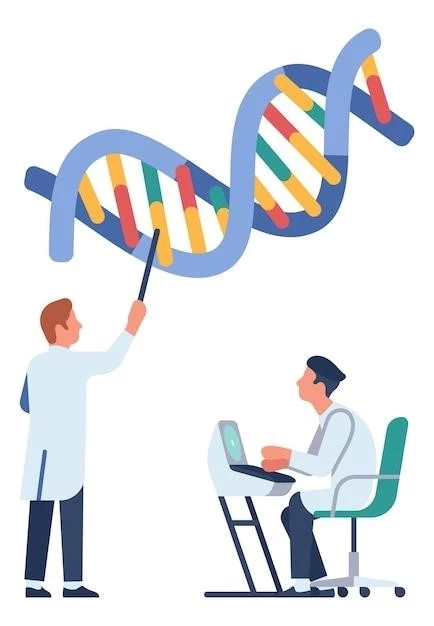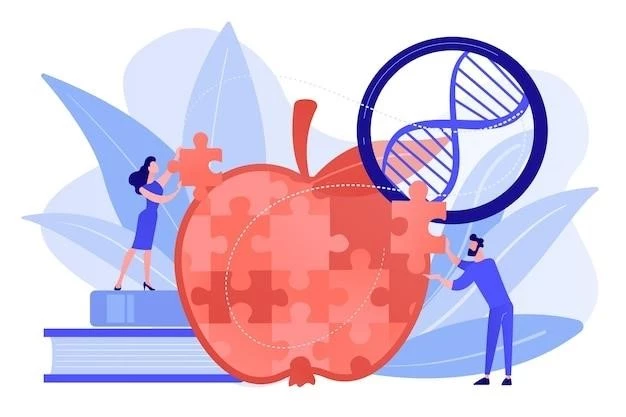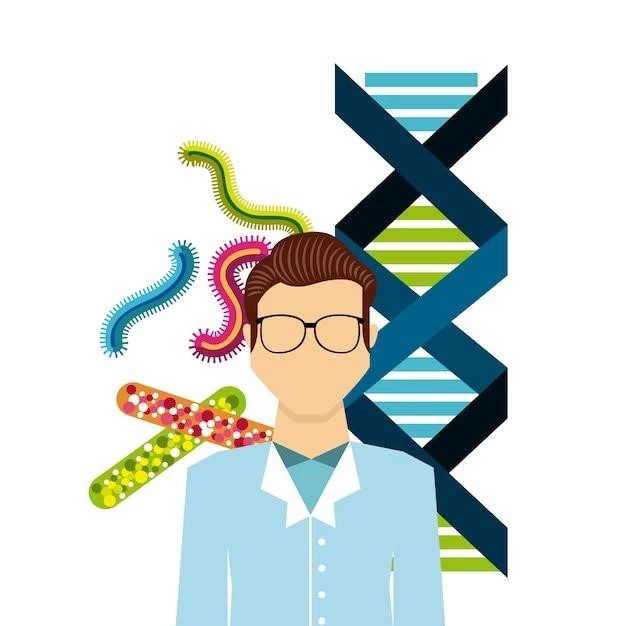Overview of Sugarman Syndrome
Sugarman syndrome is the common name of autosomal recessive oral-facial-digital syndrome involving mouth defects. Alternative names⁚ Brachydactyly of hands and feet with duplication of first toes.
Definition and Alternative Names
Sugarman syndrome is the common name of autosomal recessive oral-facial-digital syndrome type III. Alternative names include Brachydactyly of the hands and feet with duplication of the first toes, Sugarman brachydactyly, and Brachydactyly with major proximal phalangeal shortening.

Genetic Basis and Inheritance Patterns
Sugarman syndrome involves autosomal recessive inheritance, one of the distinct genetic disorders affecting mouth development.
Autosomal Recessive Transmission
Sugarman syndrome follows an autosomal recessive mode of inheritance, distinguishing it from other genetic disorders, impacting mouth and digit development.
Distinct Genetic Disorders
Brachydactyly is a general term referring to disproportionately short fingers and toes, a rare limb malformation class of bone dysostosis. Identifying specific types like Type A3 and D is crucial for diagnosis and treatment of related syndromes.
Clinical Features of Sugarman Syndrome
Examples of Sugarman syndrome’s clinical features include dental abnormalities and digit malformations.
Dental and Craniofacial Abnormalities
Sugarman syndrome includes various dental abnormalities and craniofacial malformations, impacting the structure and development of the mouth and head.
Digit Malformations
Digit malformations in Sugarman syndrome can manifest as various abnormalities in the fingers and toes, including syndactyly, brachydactyly, and clinodactyly, affecting the structure and function of the digits.
Diagnosis and Management
Sugarman syndrome is diagnosed based on specific criteria and managed through various treatment approaches.
Diagnostic Criteria
Diagnosis of Sugarman syndrome is based on specific criteria focusing on the unique genetic abnormalities associated with this condition, allowing for accurate identification and management of the disorder.
Treatment Approaches
Treatment for Sugarman syndrome involves a multidisciplinary approach focusing on addressing the specific symptoms and complications associated with the condition. Management may include interventions to address dental abnormalities, digit malformations, and other craniofacial issues to improve the quality of life for individuals affected by this syndrome.
Rare Cases and Research Findings
Reported instances of Sugarman syndrome are limited due to its rare occurrence. Ongoing studies aim to expand understanding.
Reported Instances
Sugarman syndrome, although rare, has been reported in specific cases with unique manifestations, contributing to the understanding of this genetic disorder. Ongoing studies aim to gather more instances to expand the knowledge base.
Ongoing Studies
Ongoing studies on Sugarman syndrome aim to further investigate the genetic basis, clinical manifestations, and potential treatment approaches to enhance understanding and management of this rare genetic disorder.

Support Resources and Future Outlook
Patient support groups and ongoing research advancements offer hope for individuals affected by Sugarman syndrome.
Patient Support Groups
Individuals with Sugarman syndrome can benefit from patient support groups that offer emotional assistance, shared experiences, and valuable resources to navigate living with this rare genetic disorder. These groups play a vital role in providing comfort and guidance for affected individuals and their families.
Research Advancements
Recent research advancements in the field of Sugarman syndrome have focused on exploring the genetic basis, clinical manifestations, and potential therapeutic interventions. These advancements aim to enhance the understanding and management of this rare genetic disorder, offering hope for improved outcomes for affected individuals.
